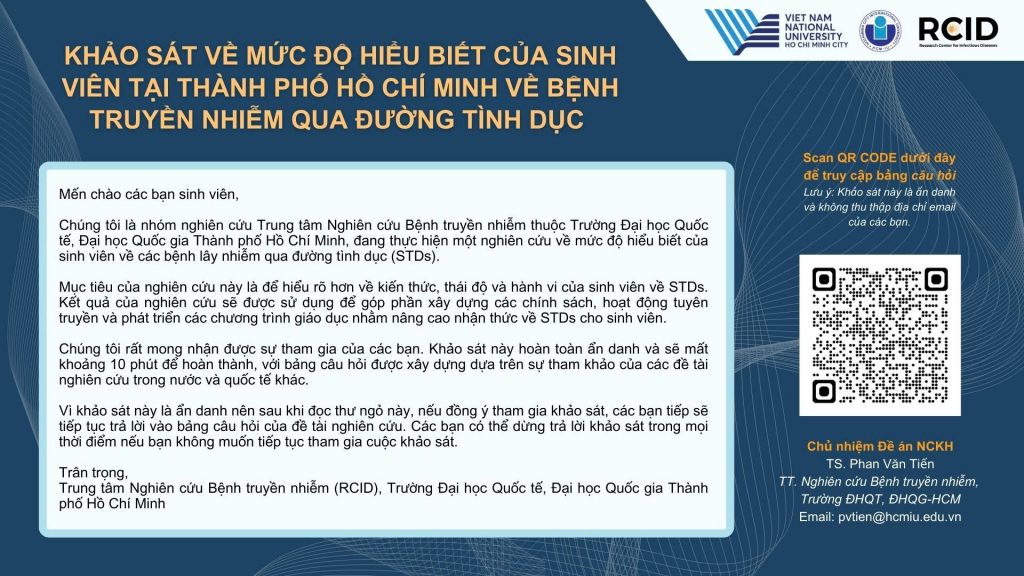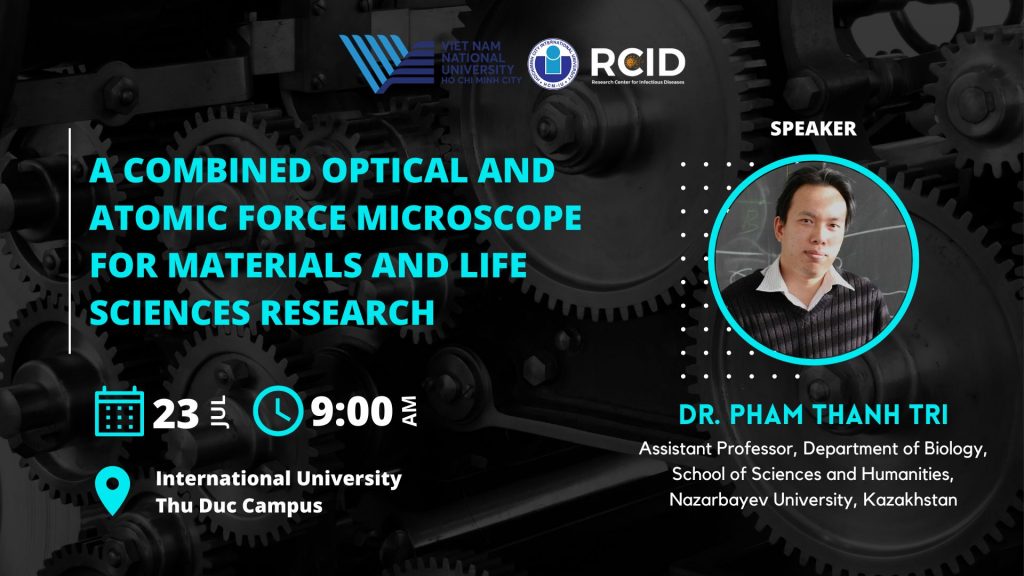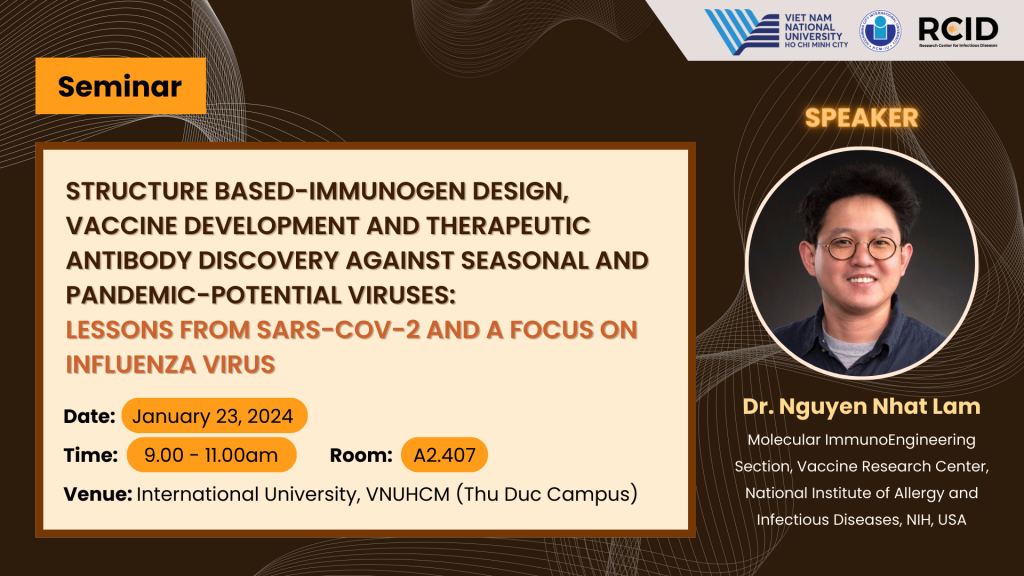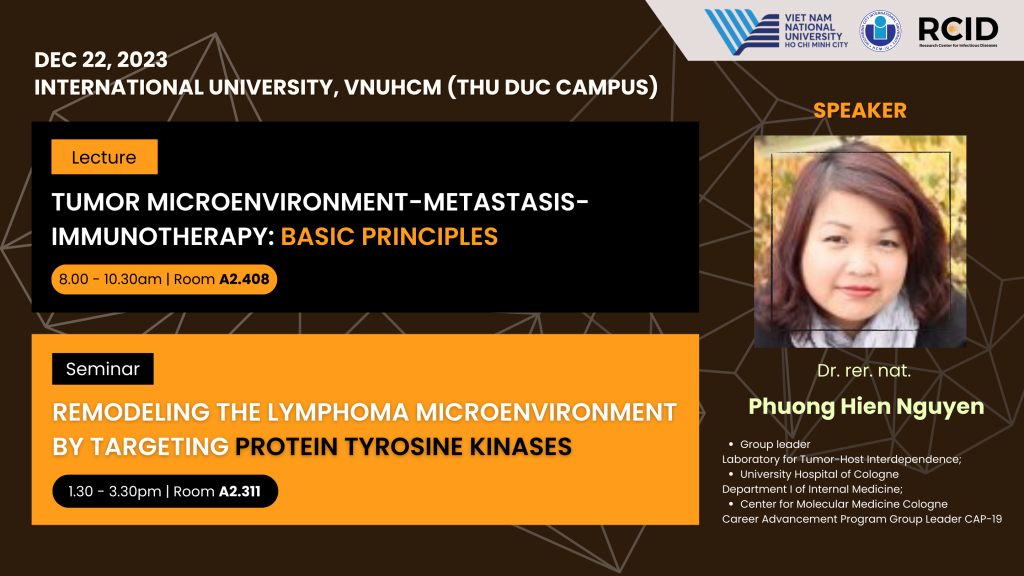One Health Contest 2024
? One Health Contest is Back! ? ‘‘Embrace your passion, breaking boundaries for a healthier tomorrow’’ Vietnamese below The One Health Contest 2024 is back and promises to bring even more exciting experiences! ?✨ We invite all young enthusiasts and those passionate about science in One Health to participate in this year’s contest. This is your chance to showcase your talents, share innovative ideas, and contribute to a healthier tomorrow. October 1 – November 11, 2024 October 1 – November 11, 2024 ROUND 1 – Abstract Submission & Evaluation ?Abstract template & Guidelines Participants submit their Abstract from an original work to register. All submitted abstracts will be assessed by our Scientific Committee. Results from the initial round will be announced within a week of submission. Round 1 Result Announcement – November 29, 2024 Round 1 Result Announcement – November 29, 2024 ROUND 2 – Poster Preparation Participants who successfully pass the first round will proceed to poster preparation. These posters will then be judged, and the top five projects will be selected for oral presentations in the Final Round. December 12, 2024 (TBC) December 12, 2024 (TBC) FINAL ROUND – Oral Presentation & Poster Display Oral presentations will require PowerPoint slides. All posters will be on display during the poster session and are eligible for Encouragement Prizes. Attractive Prizes Awaits Total prize value: 14 million VND Let’s “Embrace your passion, breaking boundaries for a healthier future” and make a positive impact on our community! Don’t miss the chance to showcase your talent and contribute to a brighter future. Join the ONE HEALTH CONTEST 2024 now! Register Event Photos
One Health Contest 2024 Read More »









